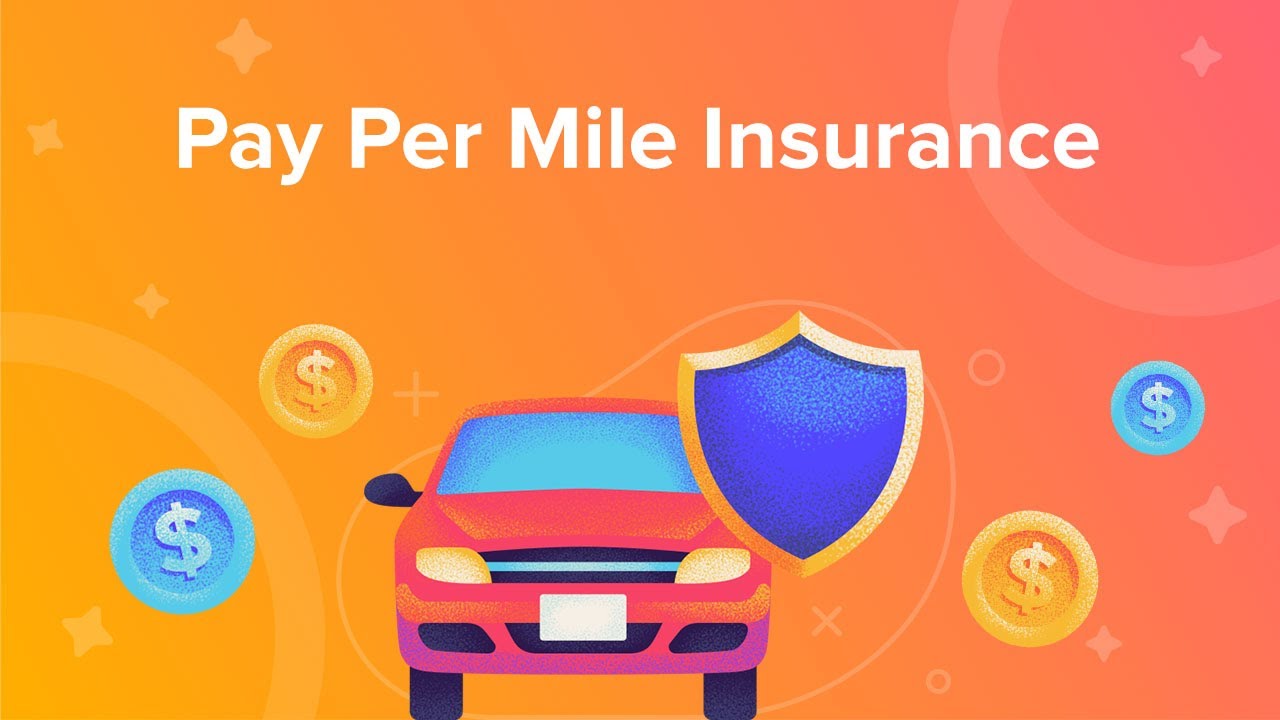In today’s evolving insurance market, traditional one-size-fits-all auto insurance policies are being challenged by more personalized models. One standout among these innovative approaches is pay-per-mile insurance. This model flips the conventional system by offering coverage that aligns with your actual driving habits — meaning the less you drive, the less you pay. It’s a smart solution for low-mileage drivers, remote workers, urban residents, and environmentally conscious consumers looking to cut costs without sacrificing coverage.
What Is Pay-Per-Mile Insurance?
Pay-per-mile insurance, sometimes referred to as usage-based insurance (UBI), calculates your premium based on how much you drive rather than a flat annual estimate. This insurance combines a base rate with a per-mile charge. Your driving data is tracked via a mobile app or a plug-in device provided by the insurance company, which records how many miles you drive and sometimes your driving behaviors.
Example:
- Base monthly rate: $29
- Rate per mile: 5 cents
- If you drive 400 miles in a month, your bill would be $29 + (400 x $0.05) = $49
It’s straightforward: less driving = lower costs.
How It Works
- Enrollment & Setup: After selecting a pay-per-mile insurer, you’ll receive a device or download an app that records mileage.
- Base Premium: This covers parked car risks like theft, vandalism, and weather damage.
- Per-Mile Rate: You’re charged a set amount for each mile you drive.
- Billing: You’re billed monthly based on miles driven in the previous billing cycle.
Some popular insurers offering this model include:
Who Should Consider Pay-Per-Mile Insurance?
Pay-per-mile coverage isn’t ideal for everyone. However, it can significantly benefit certain types of drivers:
- Remote Workers: If you work from home and only drive occasionally.
- Urban Dwellers: Those who use public transit and rarely drive.
- Students: Especially if your car sits idle most of the year.
- Retirees: Individuals who drive mainly for errands or leisure.
- Environmentally Conscious Drivers: Encourages reduced car usage and emissions.
Benefits of Pay-Per-Mile Insurance
- Cost Savings: For low-mileage drivers, it can be far cheaper than traditional insurance.
- Transparency: You can track what you’re being charged for.
- Smart Technology: Mileage is tracked automatically — no manual logs needed.
- Custom Fit: It’s tailored to your driving habits and not a generic average.
- Promotes Safer Driving: Some systems track behavior and offer feedback to help you become a safer driver.
Drawbacks to Consider
As with any insurance model, there are potential downsides:
- Not Ideal for High-Mileage Drivers: If you drive long distances frequently, this might be more expensive.
- Privacy Concerns: GPS tracking may not appeal to everyone.
- Limited Availability: Not yet offered in every state or by every insurance company.
- Rate Variability: Your costs can fluctuate monthly based on how much you drive.
Smart Driving Behavior and Discounts
Some insurers go beyond mileage and evaluate how you drive. Metrics like speed, acceleration, braking, and time of day may influence rates or discounts.
For example:
- Safe braking and acceleration: May lead to a lower rate.
- Avoiding late-night drives: Seen as lower risk.
Drivers with strong habits can often unlock additional discounts, enhancing the savings potential.
How to Get Started
Here are steps to follow if you’re considering switching:
- Evaluate Your Mileage: Check your average monthly miles driven.
- Compare Providers: Visit the websites of providers like Metromile, Mile Auto, and Allstate Milewise.
- Get a Quote: Most insurers offer an instant estimate online.
- Install Tracking Device/App: After signing up, set up the tech to begin tracking.
- Monitor Your Driving: Use the dashboard to keep tabs on costs and mileage.
Real-Life Use Case
Imagine a freelance graphic designer who drives 200 miles per month for occasional errands and client visits. With traditional insurance, they may pay $120 monthly. With pay-per-mile, their bill might drop to $40–$50 — saving over $800 per year.
Tips for Getting the Most Out of Pay-Per-Mile Insurance
- Be Honest During Setup: Input accurate mileage to get a realistic quote.
- Drive Less: Consolidate trips to reduce miles.
- Review Monthly Statements: Ensure accuracy in mileage and charges.
- Use Discounts: Check for bundling or safe-driver programs.
Is It Right for You?
Ask yourself:
- Do I drive fewer than 10,000 miles per year?
- Do I have access to public transport or ride-sharing?
- Am I willing to be tracked for savings?
If you answered “yes” to most of these, pay-per-mile insurance could be a game-changer.
Also Check:
- How to Cancel an Insurance Policy Properly
- Credit Scores And Insurance Rates: What’s the Real Connection?
- Marine Insurance: Coverage for Shipping and Boating
- How Reinsurance Works and Why It Matters
- Event Insurance: Do You Need It for Your Wedding or Concert?
Final Thoughts
Pay-per-mile insurance offers a modern, tech-savvy alternative for today’s drivers who don’t fit the mold of high-mileage commuters. With the right provider and lifestyle, it can lead to significant savings, greater transparency, and a more environmentally friendly approach to car insurance.
As this innovative model gains popularity, expect even more features and flexibility to emerge — turning smart driving into smart savings.
